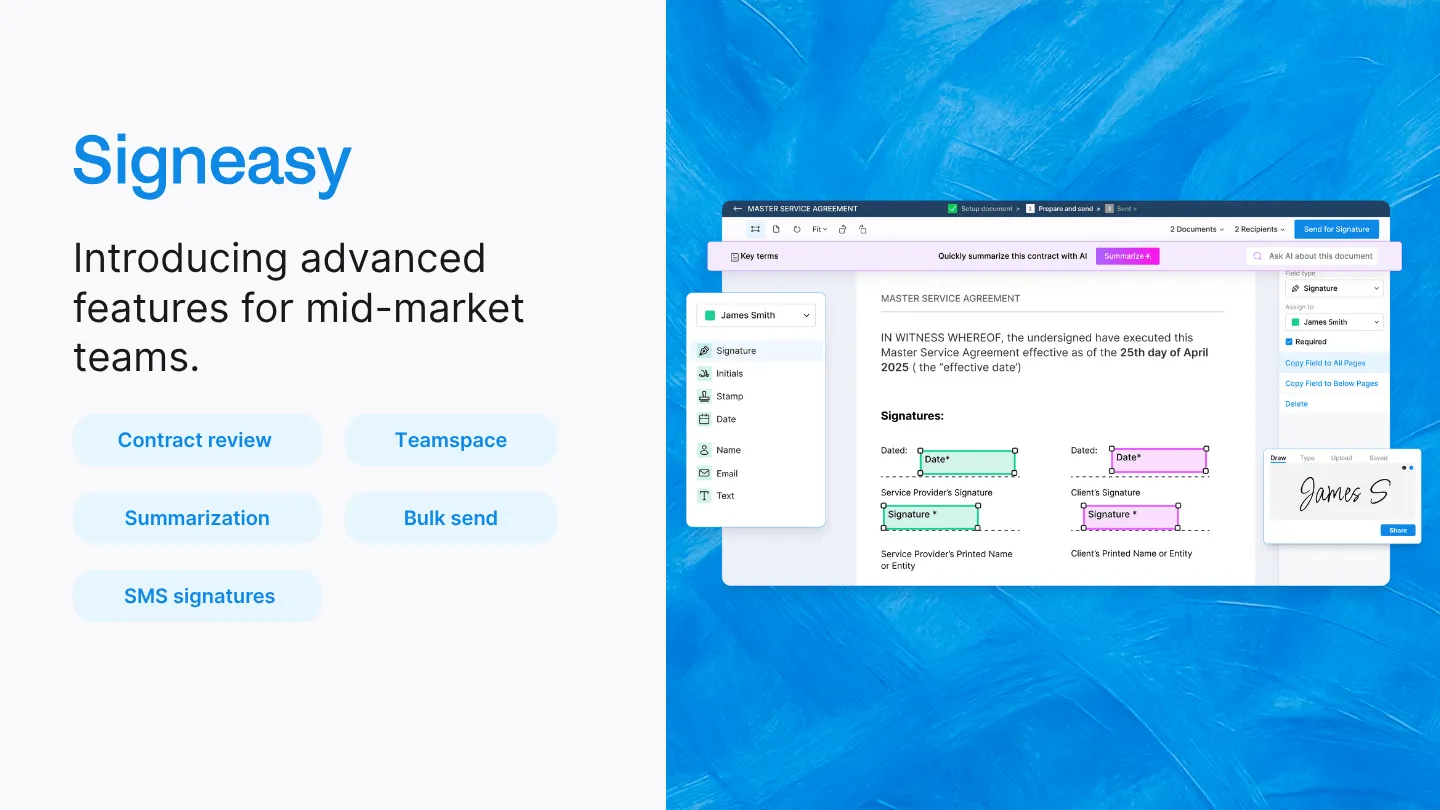In the thick of a global pandemic, Signeasy CEO Sunil Patro was called to the digital podium to discuss shifting to remote work. He was hosted by Darren Murph, Head of Remote at GitLab – a company that’s been a prominent thought leader on the topic since the first few moments of COVID-19 (and long before).
The two conducted their chat via video call, a fitting medium given the context, for GitLab’s in-house podcast. Patro explained that Signeasy has always had remote work in its DNA: it’s a hybrid environment with headquarters in four cities (Dallas, Bangalore, Chandigarh, and [city in Ukraine]) and contractors as far-flung as Canada. Patro himself is in Mexico City, adding yet another country to the long list of Signeasy outposts.
Until 2017, he was working from India along with most other employees. He then relocated to the United States to build out the company’s sales, customers success, and partnership teams, and finally settled in Mexico City with his family.
More or less accidentally, Patro had made a very savvy business decision by distancing himself from HQ: a best practice for companies transitioning to a more remote structure is to have the leadership team go first. “The tighter the leadership team is tied to the office, it seems, the more difficult it is to adopt remote-first practices,” said Murph.
Fast-forward to the present. Now that the whole world is working from home, Signeasy’s approach has changed from remote-friendly to remote-first. While some companies were thrown for a major loop when their teams suddenly became dispersed, Signeasy was born for this: having collaborated across borders since the beginning, all of its employees were equipped with the necessary tools for a successful transition.
Plan ahead and you’ll be ready for anything
So, how did the company become the synergistic Swiss watch that it is today? “A few years ago, we started making a very conscious effort to put together a company guide,” said Patro. This guide lays out essential frameworks regarding internal communication styles, core leadership principles and values, collaboration styles, and SOPs for how to manage different teams (sales, customer success, etc.).
“All of this information got documented. We started making it a part of our onboarding process and created a training process for existing employees,” he explained. That way, nobody would feel lost if ever they did become fully remote. And when COVID-19 hit, that’s exactly what happened – all at a moment’s notice.
According to Murph, many people believe that writing things down only serves to hinder their productivity. But if you take a look at how Patro’s foresight saved the company innumerable headaches, it’s clear that documenting protocols actually helps people become more efficient long-term.
Plug knowledge leaks from the outset, and you’ll be prepared for the flood.
Keeping employees happy from a distance
While some companies are understandably struggling with these abrupt shifts, Patro was happy to report that the Signeasy team is thriving. The seeds of success were already planted, and now, they’re finally in bloom.
“Most of our people are much happier because they are taking back some personal time,” he said. “There is less commuting, less stress, fewer distractions.”
Overall, employees are more focused and productive because they can choose their own work hours instead of conforming to a nine-to-five schedule. Knock-on effects include an enhanced focus on doing work that really matters, and the option for employees to schedule their hours around customer and partner time zones.
Now that Signeasy has perfected the prep and execution, Patro sees even more flexibility in the company’s future. “I think we are going to become more remote-friendly, or at least give people the choice,” said Patro. “If you think you want to work from home, let’s talk about what support you need. Do we need to have better tools, better work-from-home setups, or better product specs?”
With an attitude like that, you can’t lose.
Want to be a more remote enterprise? Start here.
Going from all hands in-office to 100% remote is a massive shift that some companies simply can’t accommodate. In these cases, Patro suggests a more balanced approach with lots of nuance. “Even if [businesses] don’t want to go fully remote, they can explore the idea of hybrid,” he said. “When I say remote, I don’t mean in a different city or country – it means creating more work-from home flexibility.”
For example, some employees may want to spend 4 to 6 hours in-office on a given day, then do the first or last couple of hours at home to avoid peak traffic. Maybe they want to start working extra early because their hobby group meets at 5:00 PM. There will also be team members who enjoy the social aspect of being at the office: those people may only want to spend a few hours per week working remotely, if any.
“It’s up to teams and companies to decide,” said Patro. There’s no better way to show your employees how valued they are than playing to their strengths.
Since the Signeasy team is getting their work done faster than ever, he also noted that many employees started exploring new professional skill sets. They finally had the time and motivation to ask themselves, “How can I contribute more?” Maybe a customer service rep loves graphic design. Maybe someone from accounting is into social media. Founders should encourage these hidden talents and passions if they want a loyal, empowered team by their side.
Finally, being dispersed is a fantastic opportunity for management to figure out which aspects of their company culture are and are not working. Now that employees are left to their own devices, is there still trust? Accountability? As the old saying goes, never waste a crisis: if businesses draw the right lessons from the recent shift to remote work, they’ll be setting themselves up for years and years of future success.











